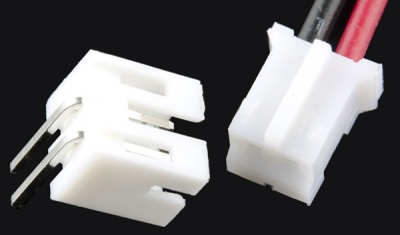Lithium Polymer Batteries (LiPo)
TL;DR:
- For any portable projects, use LiPos instead of AA cells. They are smaller, flat and rectangular, provide more power, are rechargeable, and the standard in consumer electronics and the Maker community.
- Charge them with our special chargers below.
- They have a white JST connector. Use the matching connector on your PCB to avoid someone connecting them the wrong way round. Don't push the connector onto standard pinheaders. They disconnect and get reversed too easily.
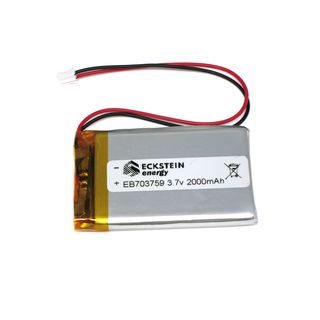 LiPo is a rechargeable battery of lithium-ion technology using a polymer electrolyte instead of a liquid one. High conductivity semisolid polymers form this electrolyte. These LiPo batteries provide a higher specific energy than other lithium-battery types. It is a newer type of battery now used in many consumer electronics devices.
LiPo is a rechargeable battery of lithium-ion technology using a polymer electrolyte instead of a liquid one. High conductivity semisolid polymers form this electrolyte. These LiPo batteries provide a higher specific energy than other lithium-battery types. It is a newer type of battery now used in many consumer electronics devices.
With appealing attributes such as low weight, high energy density, and ever greater discharge rates, Lithium-Polymer (LiPo) batteries have transformed all facets of RC. The emergence and continual improvement of these batteries has provided a significant performance boost for RC cars, boats, airplanes, and helicopters, while also paving the way for new vehicles such as multi-rotors.
In comparison to AA batteries, LiPo batteries are easier to integrate into smaller projects which contain electronics due to their flat form factor and the JST 2.0 Connector. Additionally, most available boards like the Arduino Uno and parts from Adafruit and Sparkfun are compatible with the 3.7V provided by a LiPo battery.
LiPo Batteries Pros and Cons
Pros
|
Cons
|
The JST PH-Series 2.0 mm Connector
The LiPo batteries in our lab use the female JST PH connector with two holes 2 mm apart. The matching connector on your PCB should be a JST PH male connector with two pins 2 mm apart inside a shrouded enclosure.
These connectors were made for connections that don't need to be disconnected often. They are pretty hard to pull out. Use needle-nose pliers or your fingernails to carefully wiggle the connector loose behind the plastic rim when disconnecting. Do NOT pull on the cable, or you may damage the connector.
For more information about the JST connector, please refer to the following guides.
Safety
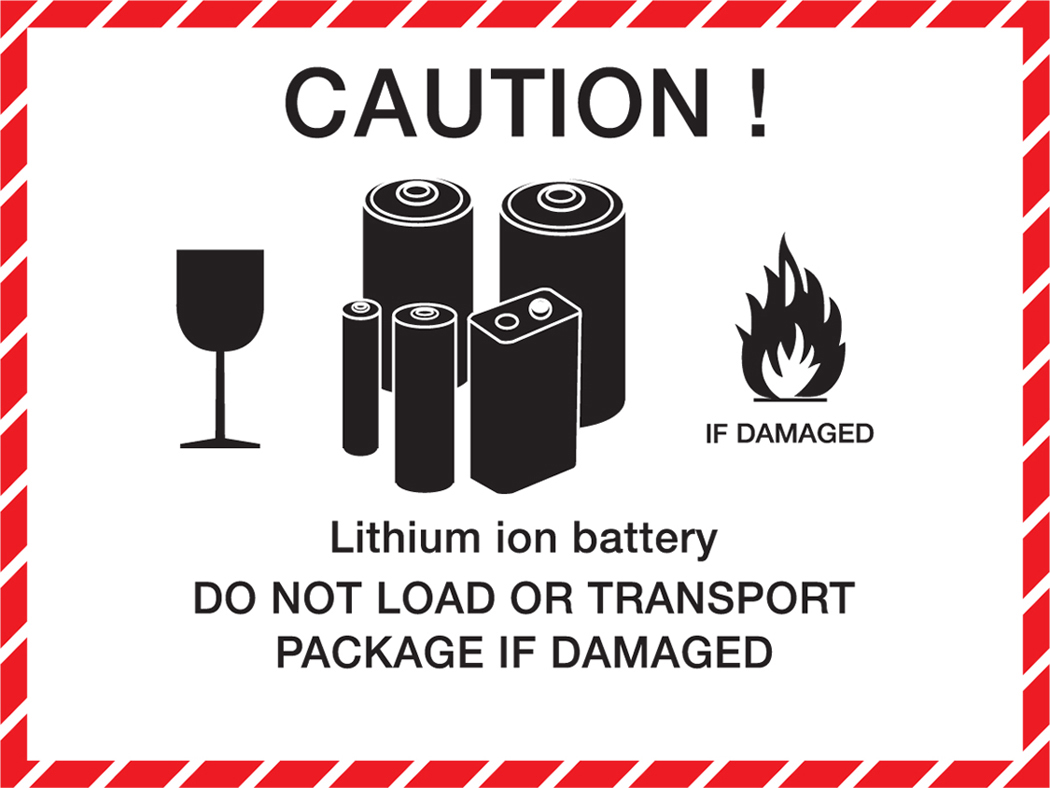 Safety Recommendations Given by the German Federal Environment Agency
Safety Recommendations Given by the German Federal Environment Agency
To guarantee especially yourself and the people around you a safe working environment please keep in mind the following guidelines when working with LiPo batteries.
- LiPo batteries are safe to use when handled correctly
- If handled incorrectly or when damaged LiPo batteries are a fire hazard
- Do not use broken LiPo batteries
- While storing, cover the connectors with tape to prevent short circuits
- Do not dispose of old LiPo batteries in the general trash bin. They need to be put in battery collecting boxes
- Do not use a broken or bent LiPo battery. It is a major fire hazard You put your own safety at risk*
What we have in stock
LiPo Batteries
- 3,7V 100mAh JST-PH Connector Datasheet
- 3,7V 480mAh JST-PH Connector Datasheet
- 3,7V 2000mAh JST-PH Connector Datasheet
LiPo Accessories
SparkFun LiPo Charger/Booster - 5V/1A
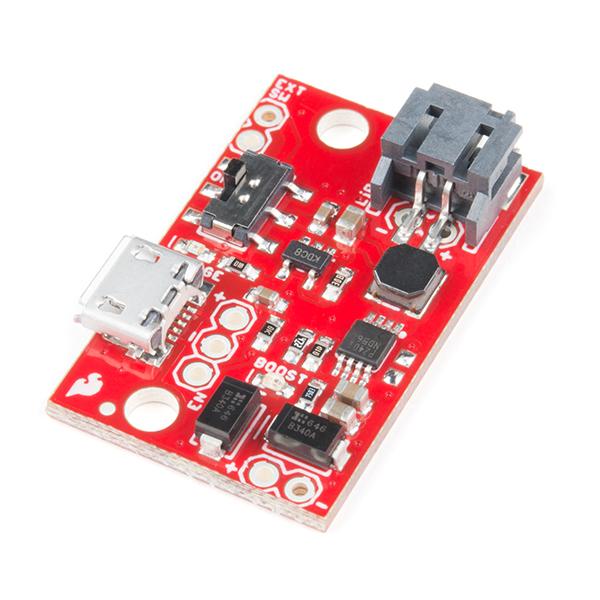 This piece can be used to provide 5V voltage from a LiPo battery to your electronics board or circuit. This LiPo charger is a very economical choice that is equipped with a simple booster circuit utilizing the PAM2401 IC, and includes protection diodes so you can run multiple cells in series for an extra kick. While the booster circuit is in operation, this board can draw more current the lower the input voltage, making it perfect to deliver a strong charge in a small amount of time.
This piece can be used to provide 5V voltage from a LiPo battery to your electronics board or circuit. This LiPo charger is a very economical choice that is equipped with a simple booster circuit utilizing the PAM2401 IC, and includes protection diodes so you can run multiple cells in series for an extra kick. While the booster circuit is in operation, this board can draw more current the lower the input voltage, making it perfect to deliver a strong charge in a small amount of time.
The circuit is constructed by feeding an MCP73831 charge controller IC to the LiPo port, and to the input of a PAM2401 boost controller. Multiple connection types are provided for the battery, charge source and switch to allow flexibility of application, and two LEDs provide feedback on system status. If you need more than 5V out of your project, the SparkFun LiPo Charger/Boosters can also be daisy-chained together.
source
SparkFun LiPo Charger Basic - Micro-USB
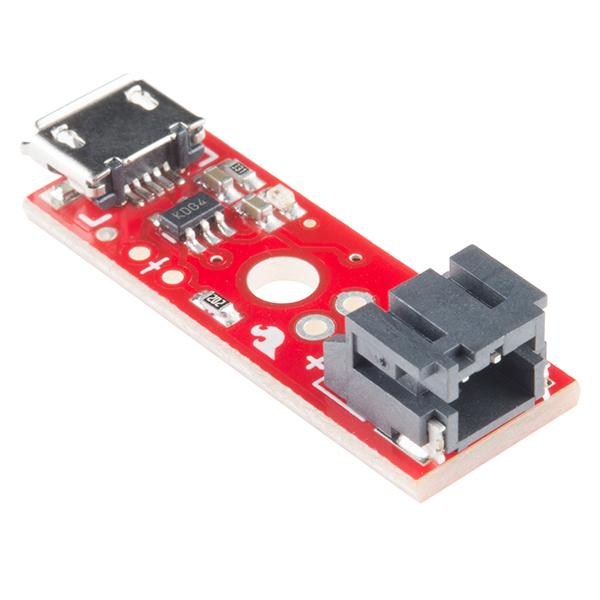 If you need to charge LiPo batteries, this simple charger will do just that, and do it fast! The SparkFun LiPo Charger Basic is stripped down of all features and just does one thing well - charge 3.7V LiPo cells at a rate of 500mA. It is designed to charge single-cell Li-Ion or Li-Polymer batteries. Check the datasheet below to see if it will work with your battery.
If you need to charge LiPo batteries, this simple charger will do just that, and do it fast! The SparkFun LiPo Charger Basic is stripped down of all features and just does one thing well - charge 3.7V LiPo cells at a rate of 500mA. It is designed to charge single-cell Li-Ion or Li-Polymer batteries. Check the datasheet below to see if it will work with your battery.
The board incorporates a charging circuit, status LED, connector for your battery (JST-type used in the batteries we carry), and a micro-USB connector. A small mounting hole allows this charger to be easily embedded into a project.
source
SparkFun LiPo Fuel Gauge
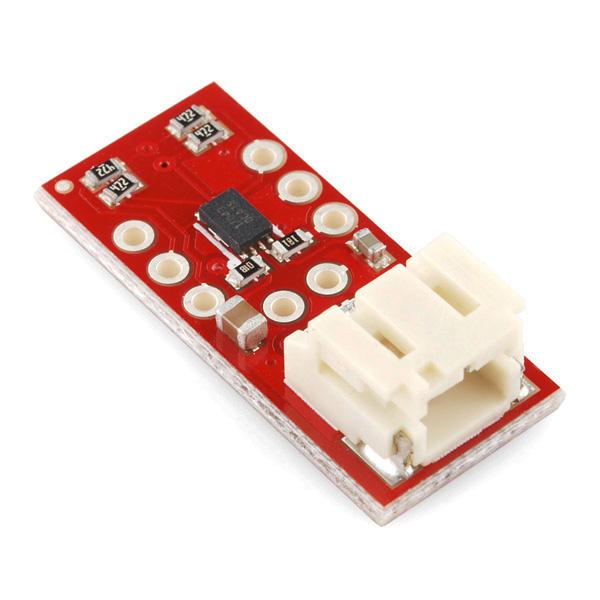 Don’t be caught by surprise next time your board suddenly powers-down! The SparkFun LiPo Fuel Gauge connects your battery to your project and uses a sophisticated algorithm to detect relative state of charge and direct A/D measurement of battery voltage. In other words, it tells your microcontroller how much ‘fuel’ is left in the tank. The LiPo Fuel Gauge communicates with your project over I2C and an alert pin also tells you when the charge has dropped below a certain percentage.
Don’t be caught by surprise next time your board suddenly powers-down! The SparkFun LiPo Fuel Gauge connects your battery to your project and uses a sophisticated algorithm to detect relative state of charge and direct A/D measurement of battery voltage. In other words, it tells your microcontroller how much ‘fuel’ is left in the tank. The LiPo Fuel Gauge communicates with your project over I2C and an alert pin also tells you when the charge has dropped below a certain percentage.
source
Guides about LiPo Batteries
- A Guide to Understanding LiPo Batteries by Brian Schneider
- RC Battery Guide: The Basics of Lithium-Polymer Batteries by Terry Dunn
- Lithium Polymer Battery Wikipedia Entry
- Lipo Battery Guide on Gensace and Tattu
- A Guide to Understanding Battery Specifications by the MIT Electric Vehicle Team
Shop to Reorder
LiPo Akku Lithium-Ion Polymer Batterie 3,7V 100mAh JST-PH Connector LiPo Akku Lithium-Ion Polymer Batterie 3,7V 480mAh JST-PH Connector LiPo Akku Lithium-Ion Polymer Batterie 3,7V 2000mAh JST-PH Connector SparkFun LiPo Charger/Booster - 5V/1A SparkFun LiPo Charger Basic - Micro-USB SparkFun LiPo Fuel Gauge JST PH 2 mm 2-pin male shrouded connector to solder into your PCB.


